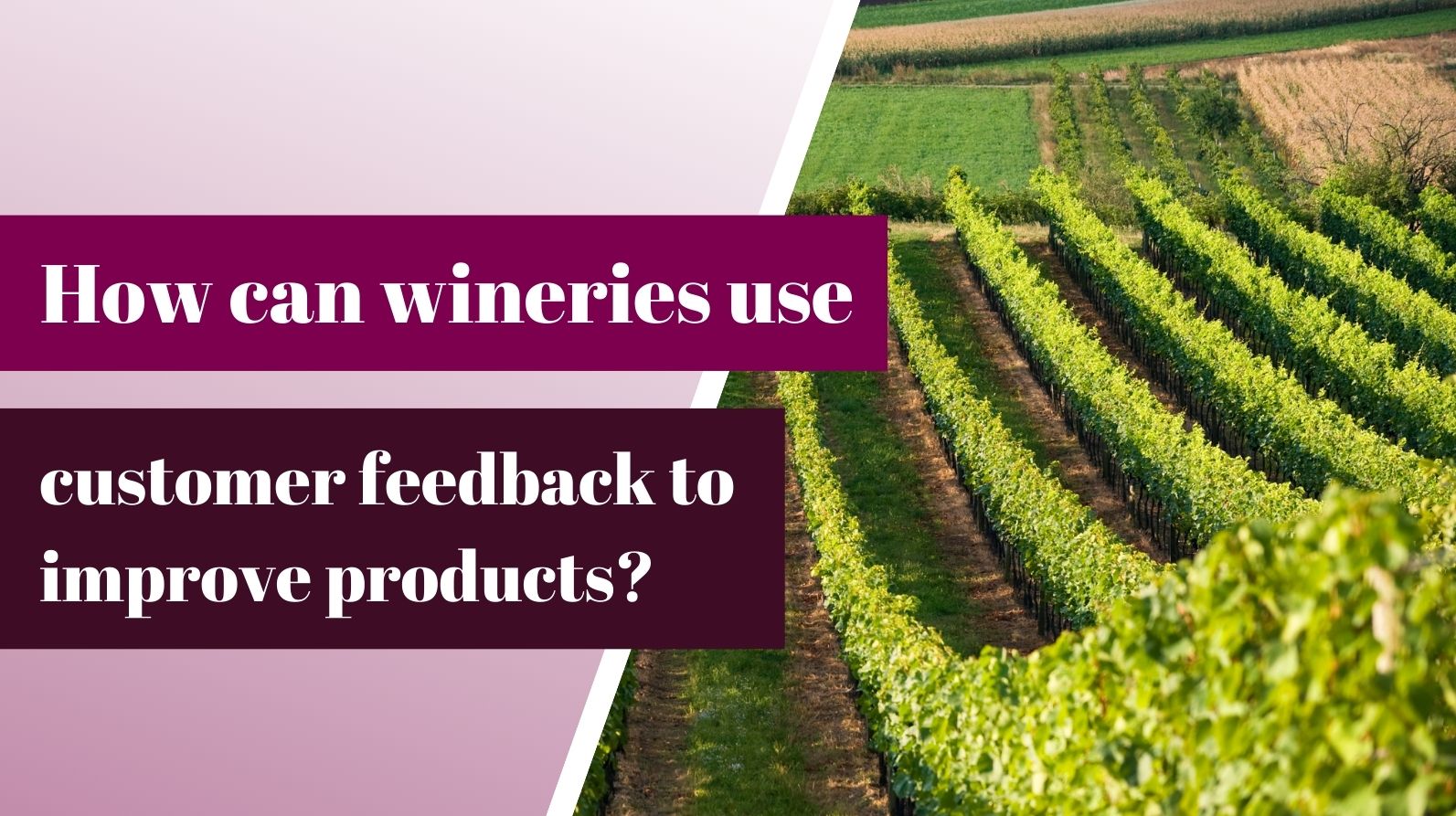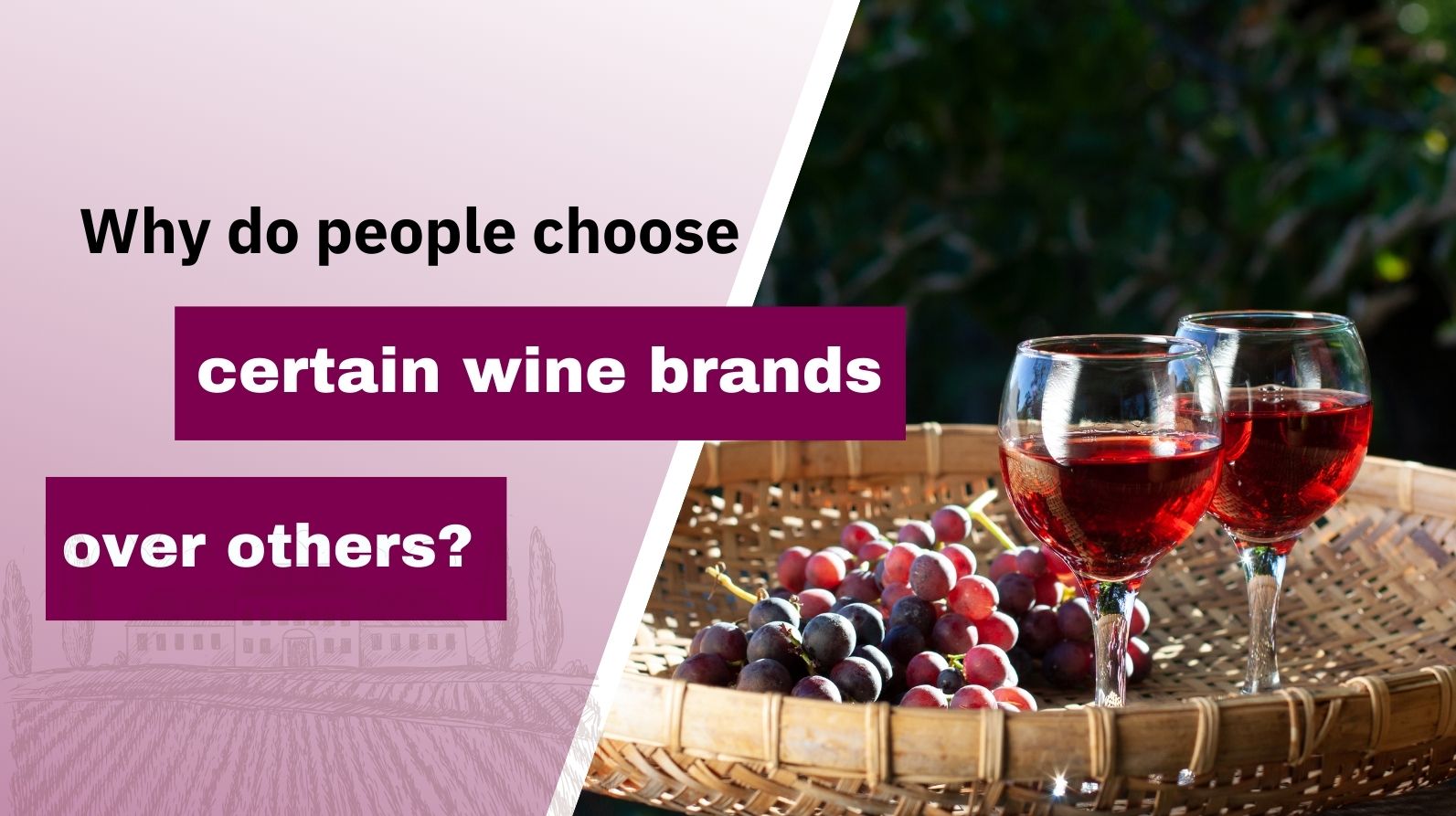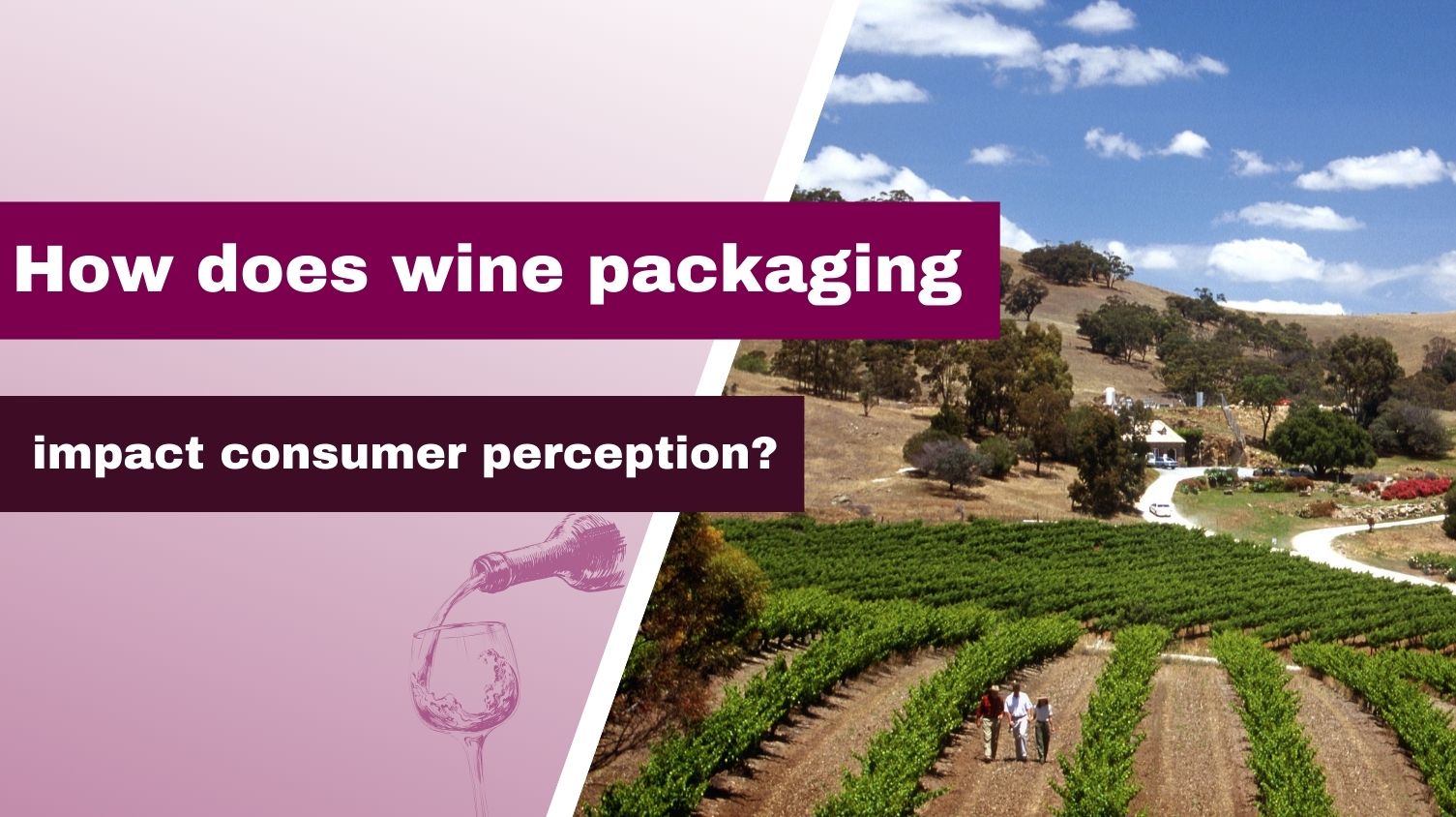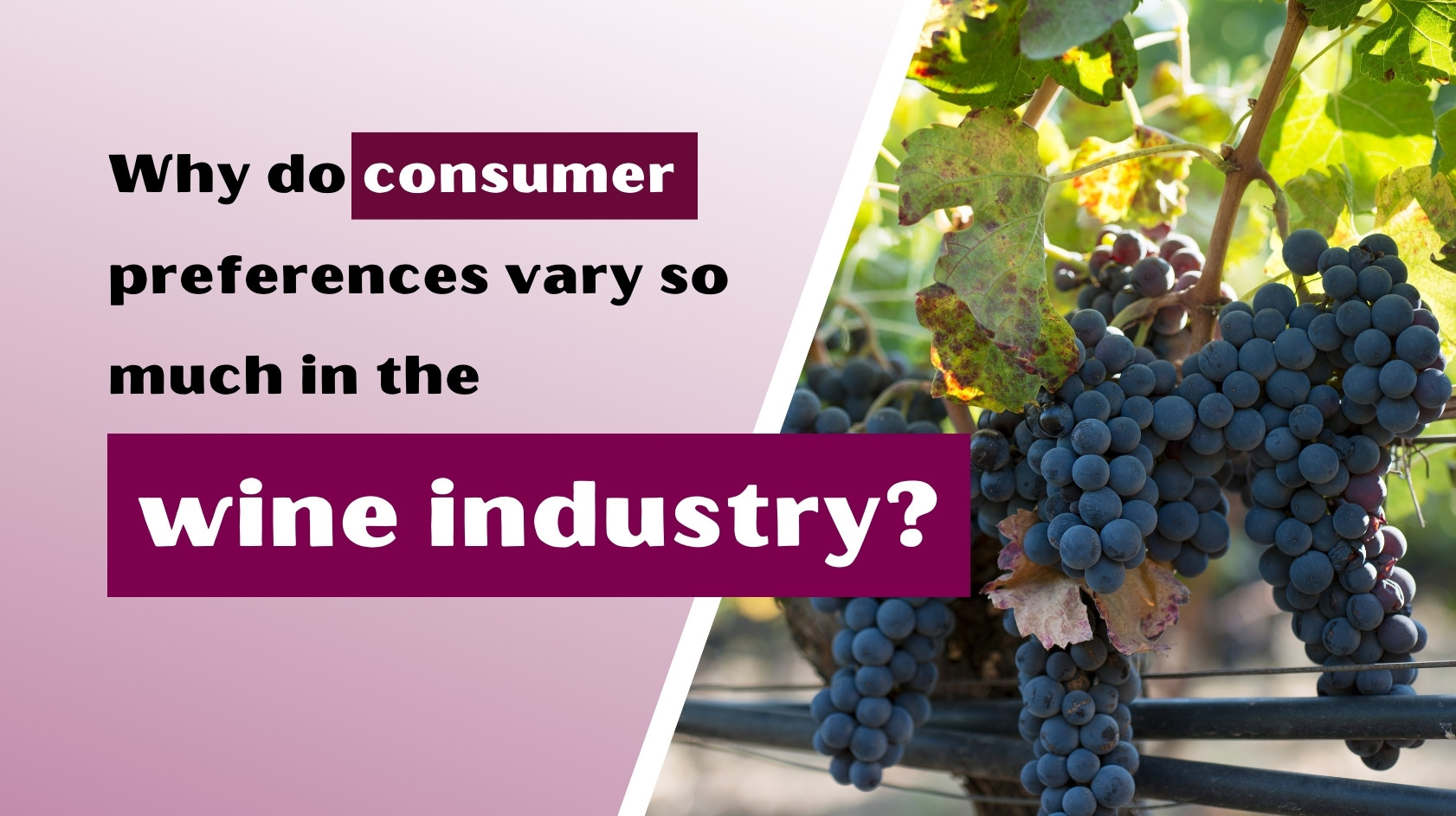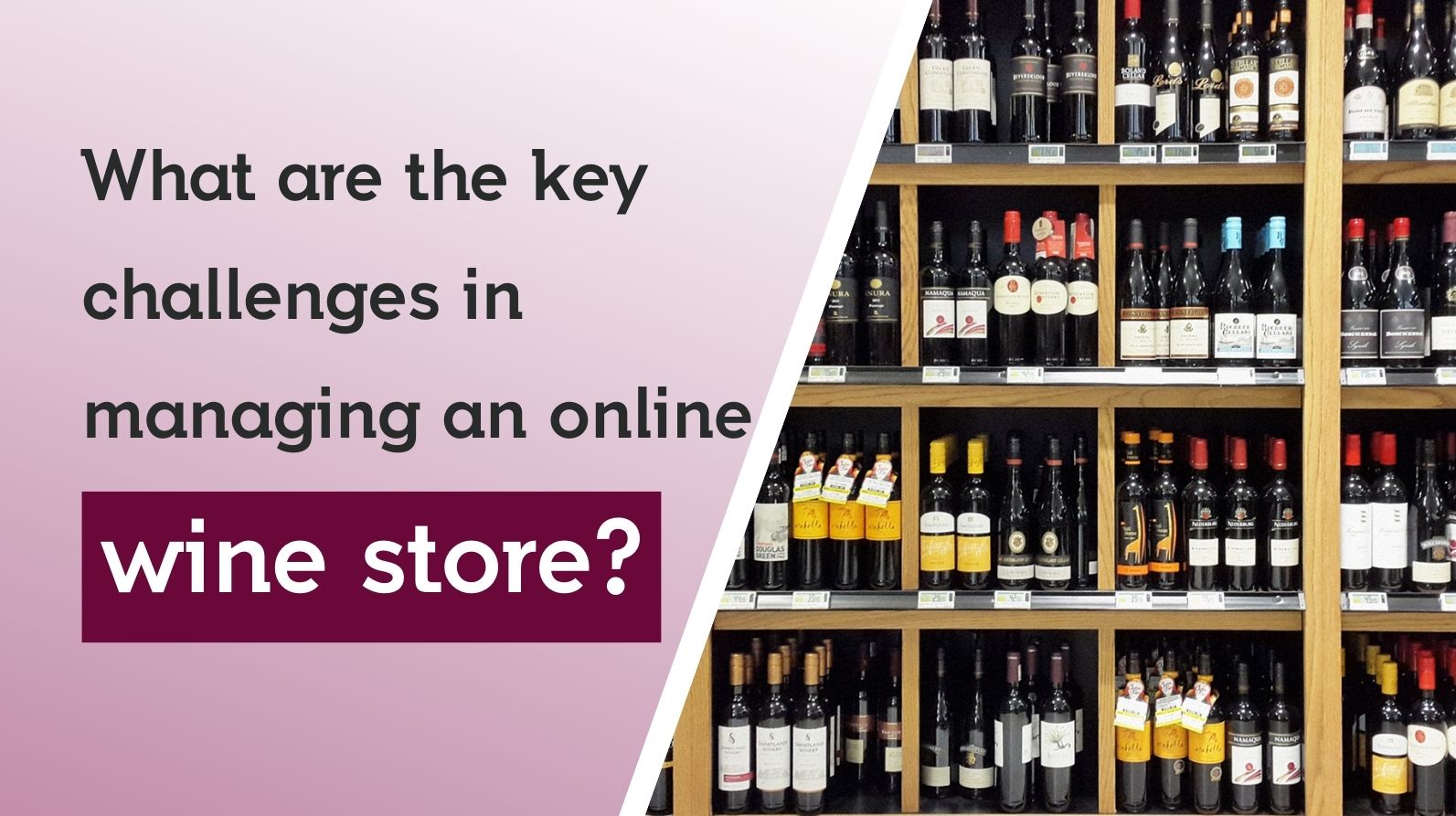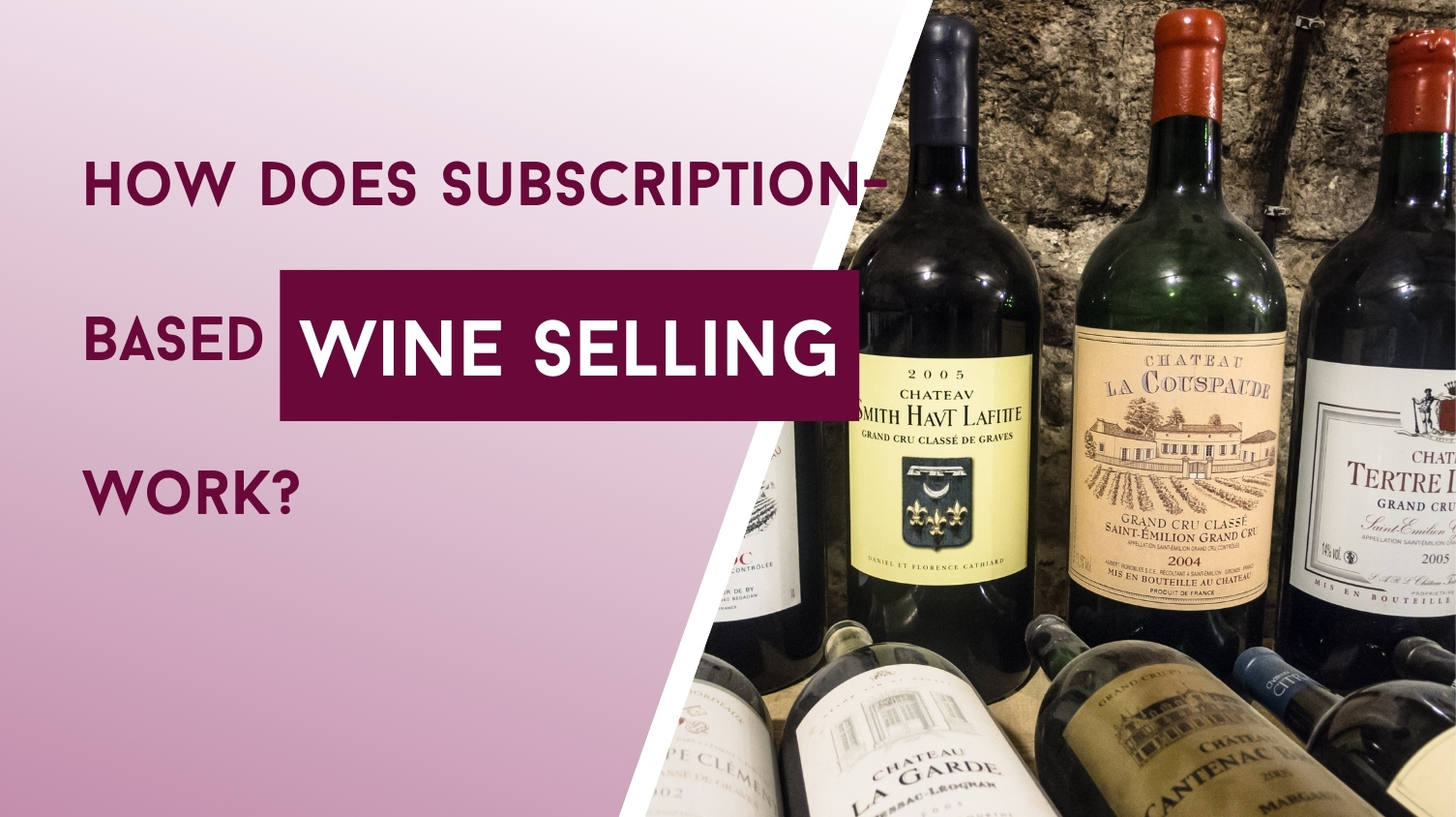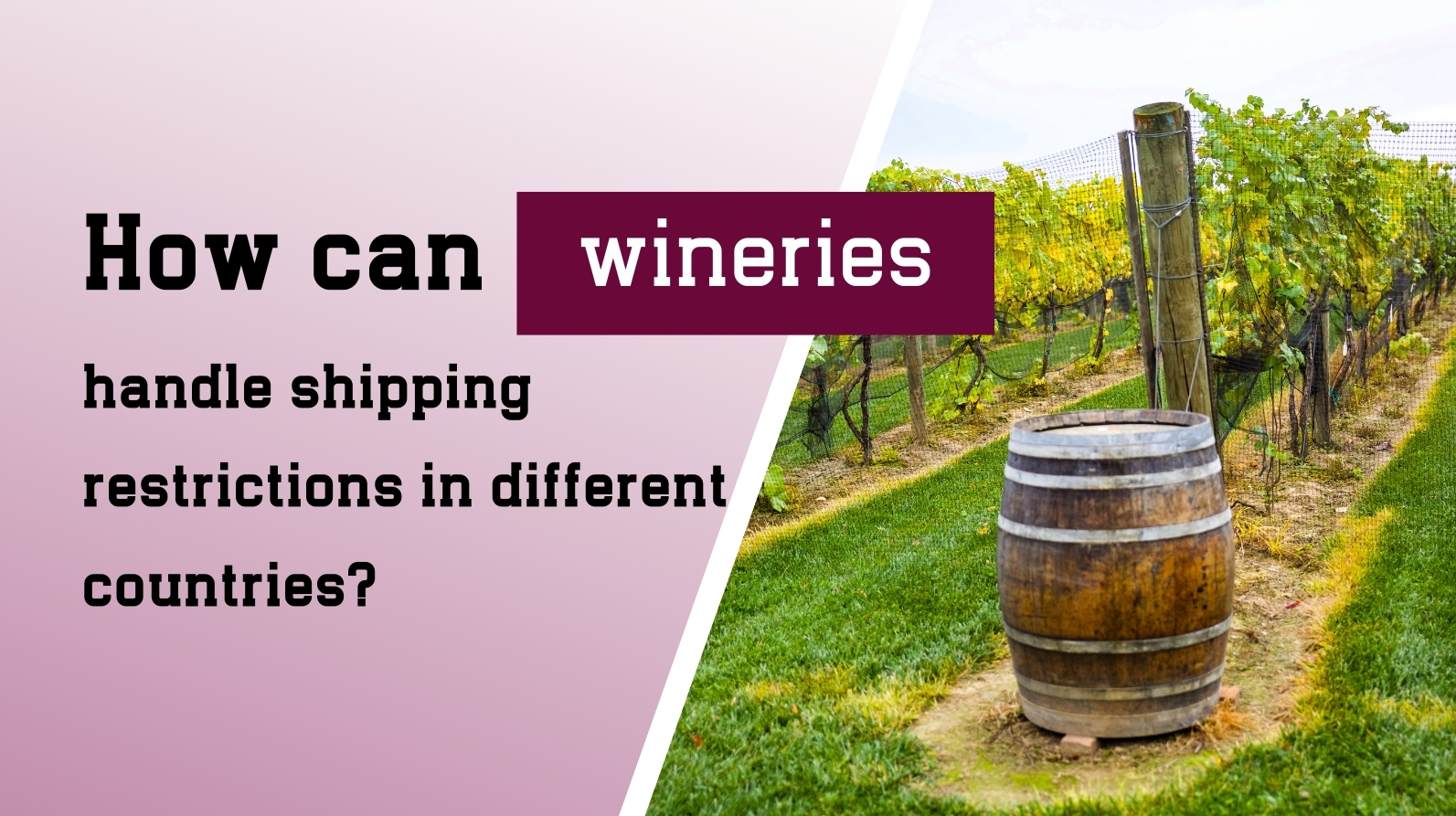Sustainability in the Wine Industry: A Commitment to a Greener Future
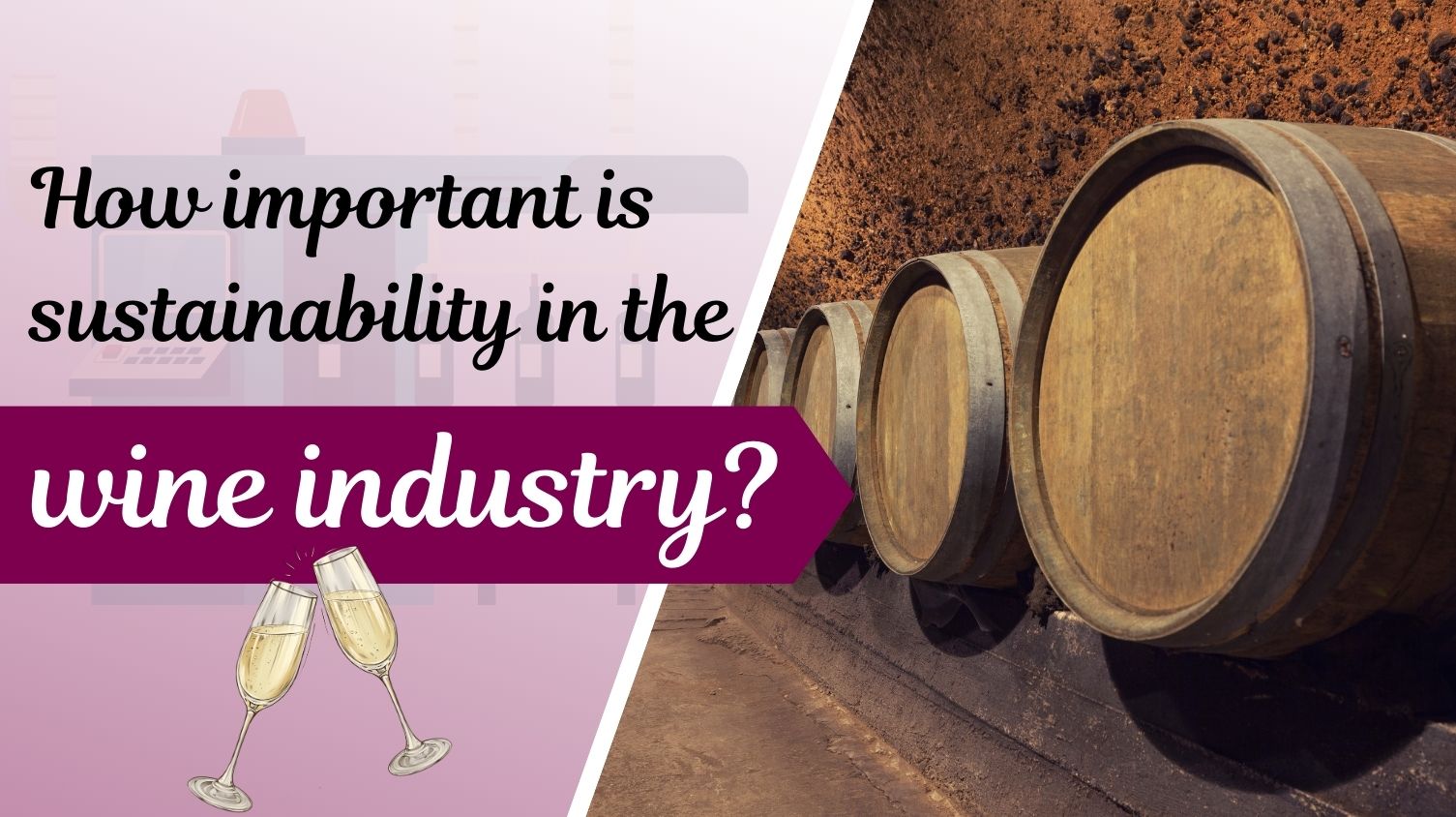
Sustainability in the Wine Industry: A Commitment to a Greener Future
Introduction: Why Sustainability Matters in Winemaking
As climate change becomes a bigger concern and more people care about the environment, sustainability is now a key focus in the wine industry. Wineries are using eco-friendly practices to reduce their carbon footprint while keeping their businesses profitable.
Sustainable winemaking helps protect natural resources, improve wine quality, and support ethical labor practices. In this article, we will explore how wineries are making their production process more environmentally friendly, socially responsible, and economically viable.
Protecting the Environment: A Sustainable Approach to Winemaking
Sustainable winemaking focuses on preserving nature and ensuring that vineyards remain healthy for future generations.
Organic and Biodynamic Farming
Many wineries are moving towards organic and biodynamic farming, which means they avoid artificial pesticides and fertilizers. This helps protect the soil, encourages biodiversity, and keeps the grapes free from harmful chemicals. For example, many German wineries have adopted these methods to support vineyard ecosystems.
Saving Water in Vineyards
Water is a valuable resource, especially in dry regions where wine is produced. Wineries like De Bortoli Wines in Australia use smart irrigation systems, minimal soil disturbance, and natural fertilizers to conserve water while keeping their vines healthy.
Using Renewable Energy
Solar energy is helping wineries reduce their impact on the environment. Silver Oak Cellars in California has installed over 1,400 solar panels, which generate more energy than the winery needs. The extra power is sent back to the electricity grid, reducing overall energy waste.
Lowering Carbon Emissions
To cut down on pollution, wineries are using energy-efficient equipment, recycling wastewater, and switching to electric vineyard vehicles. These actions reduce greenhouse gas emissions and make the winemaking process more sustainable.
Economic Benefits of Sustainable Winemaking
Sustainability is not just good for the environment—it also helps wineries save money and attract more customers.
Cutting Costs with Efficient Practices
When wineries invest in energy-saving equipment and reduce waste, they can lower their operating costs. Australian Vintage, for instance, gets 90% of its energy from renewable sources, significantly reducing expenses.
Standing Out in the Market
More consumers are choosing to support brands that care about the planet. Wineries like Sokol Blosser Winery have received awards for their sustainable efforts, helping them gain a strong reputation and loyal customers.
Preparing for Climate Change
Extreme weather, shifting seasons, and rising temperatures affect grape production. Sustainable wineries are using smart techniques like drought-resistant grape varieties and precise irrigation to deal with these challenges.
Social Responsibility: Taking Care of Workers and Communities
Sustainable winemaking isn’t just about nature—it’s also about people. Ethical labor practices and community support are important parts of sustainability.
Fair Wages and Safe Working Conditions
Some wineries ensure fair pay, safe workplaces, and benefits for workers. For example, Benjamin Bridge Winery in Nova Scotia offers employees a four-day workweek and encourages volunteer work.
Giving Back to Local Communities
Many sustainable wineries support local communities. Rodney Strong Vineyards in California helps build affordable housing for farmworkers, strengthening its connection with the local economy.
How Consumers Are Pushing for Sustainability in Wine
Customers are a big reason why wineries are going green. More people want to buy products that align with their values and are even willing to pay extra for them.
Demand for Transparency
Consumers want to know where their wine comes from and how it’s made. Certifications like Organic, Biodynamic, and Carbon-Neutral help them make informed choices, encouraging wineries to be more transparent.
Paying More for Eco-Friendly Wines
Many wine lovers are happy to spend more on wines that are made with sustainable practices. This demand motivates wineries to keep investing in environmentally friendly solutions.
Challenges in Sustainable Winemaking
Even though sustainable practices have many benefits, they also come with some challenges.
High Initial Costs
Switching to organic farming, renewable energy, and new equipment requires a lot of money at first. However, in the long run, these investments help wineries save on energy, water, and waste management costs.
Dealing with Complex Certifications
There are many different sustainability certifications, such as LEED, Organic, and Carbon-Neutral, which can be confusing for wineries. Each winery must decide which certifications match their goals and market strategy.
Adapting to Climate Change
With unpredictable weather patterns, wineries must find new ways to keep their vineyards productive. Many are turning to AI-driven vineyard monitoring and heat-resistant grape varieties to adjust to changing conditions.
Case Studies: Wineries Leading the Way in Sustainability
Some wineries are setting an example by fully committing to sustainability.
1. Silver Oak Cellars (California, USA)
LEED Platinum certified for eco-friendly winery design
Uses solar energy and recycled water to reduce waste
2. De Bortoli Wines (Australia)
Committed to becoming a "Zero Waste Winery"
Uses natural pest control and recycling programs
3. Rodney Strong Vineyards (California, USA)
One of the first wineries in Sonoma County to achieve carbon-neutral operations
Uses sustainable farming and renewable energy sources
FAQs About Sustainability in the Wine Industry
1. What is sustainable winemaking?
Sustainable winemaking focuses on environmentally friendly, cost-effective, and socially responsible practices to protect vineyards and produce quality wine for the future.
2. How do wineries reduce their carbon footprint?
They use renewable energy, improve water efficiency, switch to organic farming, and adopt eco-friendly packaging.
3. Are sustainable wines more expensive?
Some sustainable wines cost more due to higher production costs, but many wineries keep prices competitive by saving on energy and water use. Consumers are also willing to pay a premium for eco-conscious wines.
4. What certifications should I look for when buying sustainable wine?
Look for labels like Organic, Biodynamic, LEED, Carbon-Neutral, and Fair Trade to ensure the wine follows sustainable practices.
5. How does sustainability affect wine quality?
Sustainable farming improves soil health, reduces chemical use, and promotes biodiversity, leading to better grape quality and richer wine flavors.
6. What are the biggest challenges for sustainable wineries?
The biggest challenges include high initial costs, navigating certification requirements, and adapting to climate change. However, long-term benefits make sustainability a smart investment.

